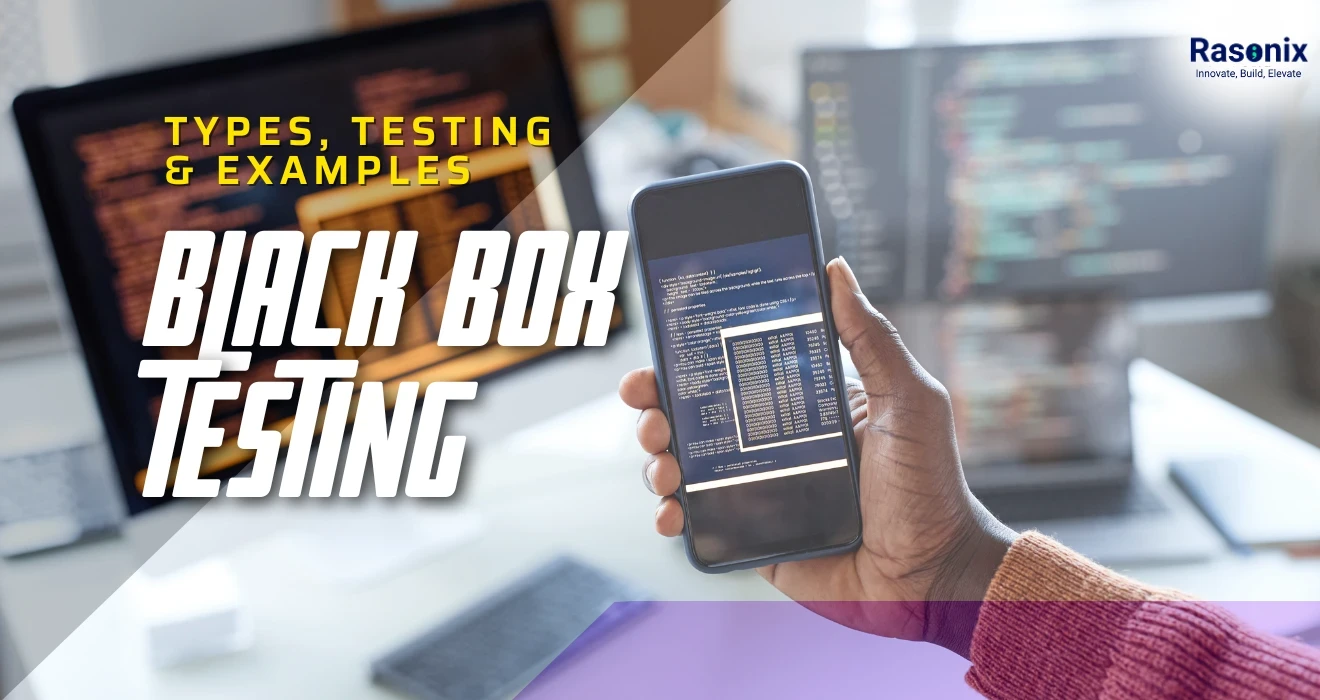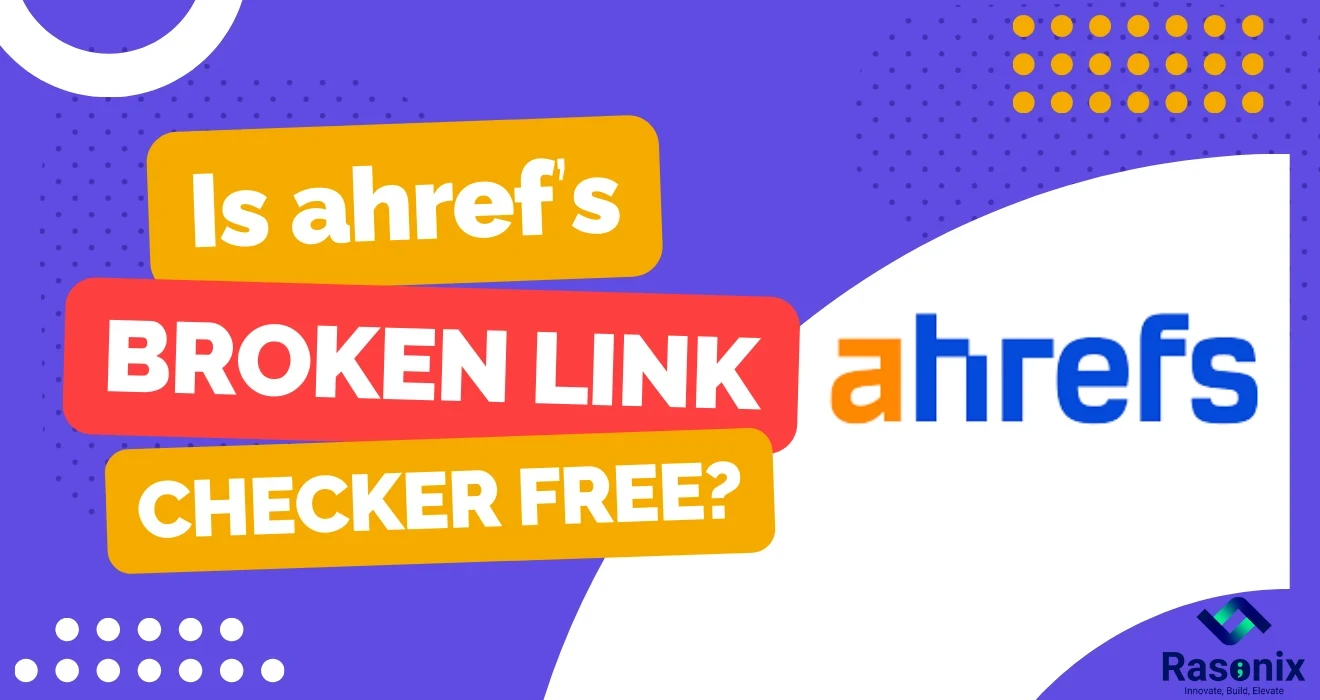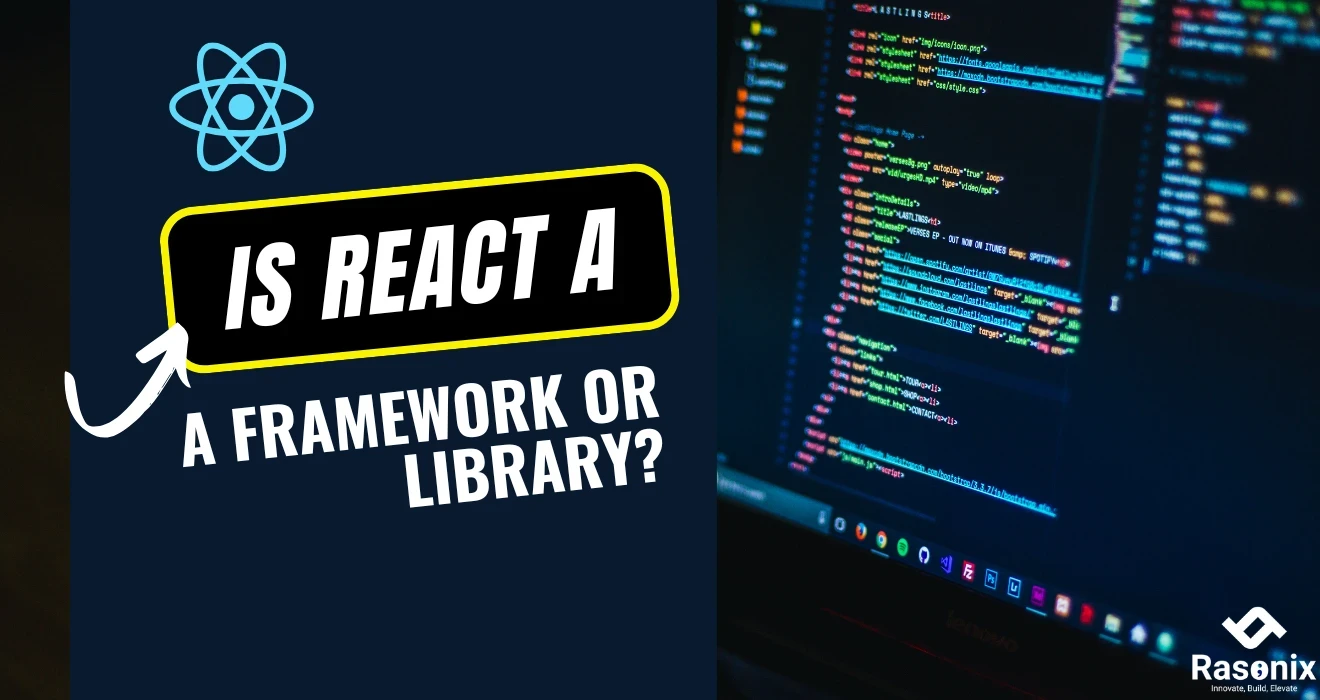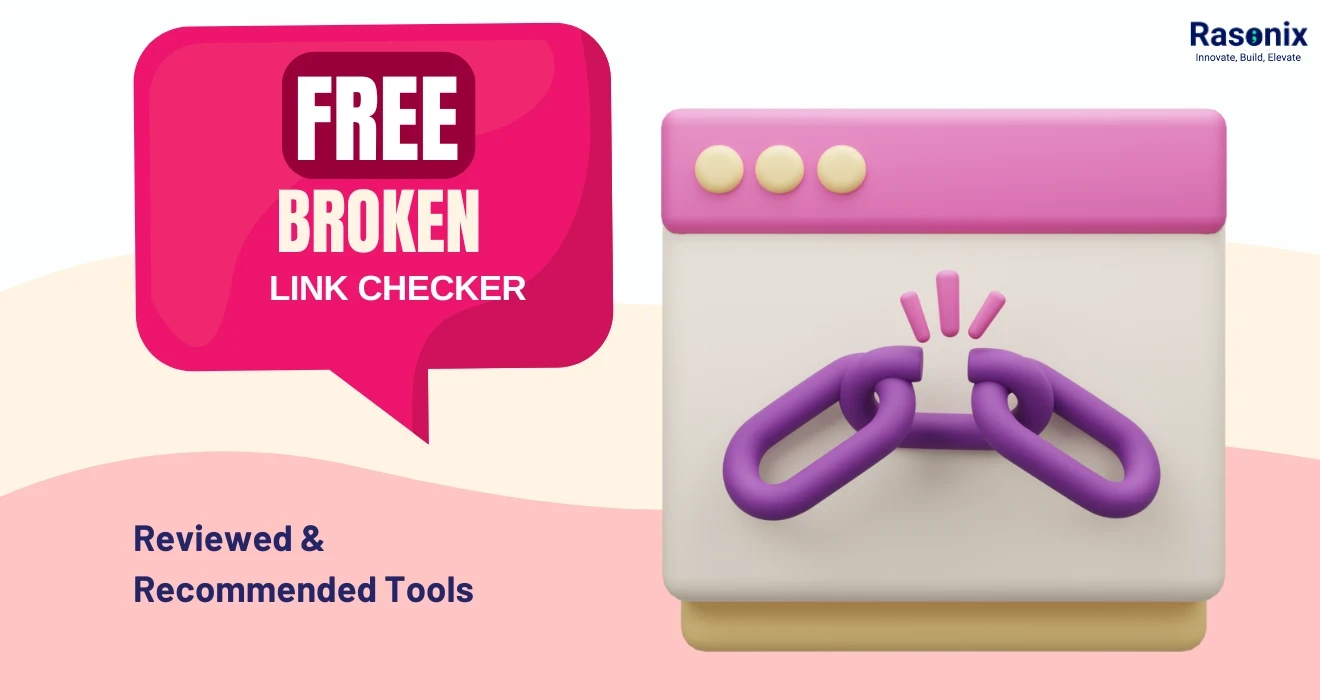It is essential to understand how the many different methodologies of software testing, whether standalone or supporting other methodologies, can provide benefits to the quality of the product. Black Box Testing is one of the most commonly used testing methodologies. So what is 'Black Box Testing' and why do QA teams and developers seem to use the term so much? In this article, we intend to demonstrate the benefits of Black Box Testing with appropriate examples, case studies, and pros and cons so that you can get a better insight into the effectiveness of Black Box Testing.
What Is Black Box Testing?
Imagine you're operating a TV from a distance. You click some keys, and something happens: channels change, volume increases, Netflix pops up. You don't care about the internal workings of the remote; you just care about the outcome. That's exactly how black box testing works in software.
Black box testing is software testing in which the test code is tested without knowing the inner code structure, design, or implementation.
|
Briefly: Input ➝ Process (Hidden) ➝ Output.
|
Black Box Testing Advantages - Key Points to Consider
|
Benefit
|
Description
|
|
User-Centric
|
Not worried about the code, just about user experience and app functionality.
|
|
No Need for Code Knowledge
|
A non-developer tester can easily do it.
|
|
Finds Missing Functions
|
Helps in identifying missing or incomplete features.
|
|
Promotes Diverse Testing
|
Conducted by testers, users, and stakeholders.
|
|
Suitable for Large Systems
|
Applicable to very complex applications with many layers.
|
|
Simple to Automate
|
Black box testing can be automated with many tools.
|
|
Ideal for Regression Testing
|
Great for checking whether new changes injured existing functionality.
|
Disadvantages of Black Box Testing
|
Disadvantage
|
Description
|
|
Limited Coverage
|
May not cover all code paths or edge cases.
|
|
Hard to Trace Defects
|
It might be hard to trace defects without code access.
|
|
Redundant Testing
|
Without know-how within, tests may be redundant
|
|
Test Case Explosion
|
High complexity inputs result in too many test combinations.
|
Black Box Testing Advantages And Disadvantages | Types
- Functional Testing
Functional testing relates to verifying that the software is supposed to do what it needs to do. Specifically, it verifies that all the functionality, buttons and forms are behaving exactly as the requirements documentation lays out for the project. For example, if you are developing a login page, functional testing verifies that users can login with valid credentials, and that they get useful error messages when they cannot. Functional testing is a "what" the system does as opposed to a "how" it does it. Therefore functional testing is going to be a type of black box testing. In summary, functional testing is your last safety net before releasing the software into the hands of real users.
Features:
- Verifies user interface components are functioning as expected
- Observes inconsistencies between expected and actual outcomes
|
Pros
|
Cons
|
|
Easy to generate test cases
|
Limited in-depth error detection
|
|
Great for customer satisfaction
|
Does not verify underlying logic
|
- Non-Functional Testing
Non-functional testing is concerned about how well a system performs, rather than what it does. Non-functional testing examines aspects such as performance, usability, scalability, reliability, and capacity. These non-functional aspects greatly affect user satisfaction but are typically unknown until users experience them as problems (or in some cases, catastrophes). An example of this is a website that does everything correctly, but when accessed by excessive users, either times out waiting for a response or crashes entirely. Non-functional testing will uncover those problems, so you know your application is not just working, but working in real-world situations. Non-functional testing is a crucial part of any proper non-functional test plan, especially when testing applications for the most demanding users or heavy loads.
Features:
- Improves user experience
- Identifies performance bottlenecks
|
Pros
|
Cons
|
|
Focus on system reliability
|
Used tools may be expensive
|
|
Frequent automation
|
Does not apply to all testing stages
|
- Regression Testing
Regression testing is our method of verifying that the added code, new code, or changed code hasn't affected previously working functionality or established functionality. It could also be thought of as a safety net that the development team can use to help find unintended bugs prior to shipping to production. In an agile environment with possibilities of daily code changes and updates, regression tests are vital. Without regression tests, even a simple code change could break something that was previously functioning properly! Throughout the regression testing, the team continuously executed regression tests to ensure the software was stable while delivering enhancements or updating existing code.
Features:
- Ensures product stability
- Time-efficient when automated
|
Pros
|
Cons
|
|
Important for continuous integration
|
May become time-consuming
|
|
Pins down re-occurrence of old bugs
|
Needs frequent updating of test scripts
|
- Acceptance Testing
Acceptance testing is the last step before the software is put into production. During acceptance testing, stakeholders or real users will be tasked with establishing whether the system will fulfill its original business requirements. Acceptance testing, a form of black box testing, will check not just if the application is functional, but whether it is usable and in line with the business requirements. The software is only technically in production once it has passed acceptance testing. When acceptance testing signals a 'pass' it is equivalent to a green light to say, 'Yes, this software delivers what we actually need it for!
Features:
- High-level stakeholder confidence
- Real-world usage focus
|
Pros
|
Cons
|
|
Clients/end-users involved
|
Might not be technically deep
|
|
Trust building in the product
|
Might overlook internal faults
|
Common Black Box Testing Advantages and Disadvantages | Techniques
|
Technique
|
Description
|
Features
|
Pros
|
Cons
|
|
Equivalence Partitioning
|
Divides input data into valid/invalid partitions
|
Reduces test cases to a minimum
|
Simple to apply
|
Can overlook edge cases
|
|
Boundary Value Analysis
|
Focuses on values at partition boundaries
|
Finds boundary faults
|
Great with numeric inputs
|
Poor with complicated inputs
|
|
Decision Table Testing
|
Applies conditions and actions to a table
|
Systematic testing
|
Simple to visualize
|
Unmanageable tables are difficult
|
|
State Transition Testing
|
Exercises application behavior for various states
|
Captures dynamic behavior
|
Best suited for systems with state transitions
|
Tough for large systems
|
|
Error Guessing
|
Based on the tester's intuition and experience
|
Finds unexpected bugs
|
Good for experienced testers
|
Not systematic or repeatable
|
Black Box Testing Advantages | Real-World Examples
Let’s say you’re testing a login page:
Inputs:
|
Email: `user@example.com`
Password: `WrongPassword123`
|
Expected Output:
|
Error Message: "Invalid login credentials."
|
As a black box tester, you wouldn't care how the email and password are validated internally. You simply observe the result. If the app crashes or shows an incorrect message, it fails.
Apart from that, Black box testing is used widely in industries:
- E-commerce Apps: To test product searches, cart behavior, payment processing.
- Banking Software: Safeguards secure transactions and UI feedback.
- Healthcare Systems: Verifies form validation, prescriptions, and user roles.
- Gaming: Confirm UI interactions, scoring mechanisms, and in-app purchases.
Interesting Fact: Black box testing is used in 90% of UI testing workflows because it most accurately simulates user activity.
Why Is Black Box Testing Used Everywhere?
- Can be used on every software platform (web, mobile, desktop)
- Enhances usability by replicating actual-user scenarios
- Allows group testing by role
Black Box vs White Box vs Grey Box Testing
|
Testing Type
|
Knowledge of Code
|
Focus Area
|
Who Performs
|
|
Black Box
|
No
|
Functionality
|
QA Engineers, Testers
|
|
White Box
|
Yes
|
Code Logic, Internal Workings
|
Developers
|
|
Grey Box
|
Partial
|
Functionality + Logic
|
QA with some dev access
|
Top 5 Black Box Testing Tools
Here are some of the black box testing tools that you must take a note,
Selenium

If you have even a basic interest in web testing, you know the name. Selenium is the best tool for automating browsers. It replicates user actions like clicking links, typing, scrolling through pages, and switching between pages like a real user, only faster and much more reliably.
|
Pros
|
Cons
|
|
Open-source and free and is great for startups and large teams alike.
|
It takes a little time to learn
|
|
Supports multiple browsers and platforms like Chrome, Firefox, Safari, etc.
|
It requires basic or advanced coding knowledge
|
|
It supports multiple languages like Java, Python, C#, JavaScript, and so on.
|
There are no build-in test reports or dashboard.
|
|
There is a massive community support
|
|
Best For: Teams with technical testers who want full control and flexibility in automating web applications.
TestComplete

TestComplete is like that reliable friend who just “gets” UI testing. Whether you’re working with desktop, web, or mobile apps, this tool has your back. It offers both script and scriptless options, making it friendly for all skill levels.
|
Pros
|
Cons
|
|
TestComplete is best for beginners since it is codeless.
|
It is a little pricey especially for small teams
|
|
Supports over 500 controls and frameworks
|
Limited support for macOS or Linux environments. It is Windows - focussed
|
|
Helps to reduce test flakiness since it has built-in object recognition.
|
Might feel slow on low-end machines
|
|
It includes powerful integrations like Jenkins, Jira, and more.
|
|
Best For: Mid-to-large teams looking for a powerful, out-of-the-box UI and functional testing solution.
Katalon Studio

Think of Katalon Studio as Selenium’s more approachable cousin. It’s built on top of Selenium and Appium but packaged in a sleek, user-friendly interface. You get the power of robust automation with way less headache.
|
Pros
|
Cons
|
|
There is a free version available
|
If you’ve got multiple tests running or if you are working on a machine with minimal specs, you may notice things slowing down a little bit.
|
|
Perfect for beginners without a programming background
|
It has limited flexibility
|
|
Supports cross-platform (web, mobile, API and desktop)
|
You should upgrade for advanced analytics.
|
|
Built-in reporting & CI/CD integrations
|
|
Best For: Teams that want solid automation without diving too deep into code.
Ranorex Studio

Ranorex makes automation friendly for non-coders, but don’t mistake it for a lightweight. It’s packed with features for automating desktop, web, and mobile apps, and even lets you go hybrid, start with codeless, then switch to scripting if you need more control.
|
Pros
|
Cons
|
|
Easy-to-use UI
|
It is a little pricey when it comes to License cost.
|
|
Powerful object recognition engine
|
Limited community support than Selenium or Katalon.
|
|
Supports Windows desktop apps
|
Not great if your team is in mixed OS environments.
|
|
Flexible scripting (C# and VB.NET)
|
|
Best For: Enterprise-level teams with both technical and non-technical testers focused on desktop and cross-platform automation.
Postman

Testing APIs? Then Postman is probably already in your toolkit. It's the industry favorite for black box API testing to send requests, inspect responses, validate results, and even automate it all through collections and monitors.
|
Pros
|
Cons
|
|
User-friendly interface
|
Not suitable for UI or end-to-end tests
|
|
Quick & flexible and automated tests with JavaScript
|
Limited test assertions
|
|
More collection runner & monitors
|
UI might feel overwhelming in massive teams
|
|
Great documentation & mock server features
|
|
Best For: Developers and testers focused on RESTful API testing and automation.
Conclusion:
Full end-customer experience is one of the Black Box Testing Advantages that Rasonix ranks for. It allows QA teams, product managers, or the client to validate that a software product is acting as expected in an environment where they get to do it without looking at lines of code.
Rasonix offers black box testing, manual and automated, to start-ups, companies, and all in between. Our QA team stands ready to offer support, whether you are developing a sophisticated mobile application, or complete enterprise.
Looking to enhance your product quality? Contact Us and let Rasonix help you realize your vision, and our black box testing experts will help enhance your product.
FAQs
Is black box testing manual or automated?
It can be manual or automated depending on the project requirements.
Is black box testing better than white box testing?
Not better, just different. Black box testing is user-focused, while white box is developer-focused.
Can security defects be detected by black box testing?
Indeed, especially through penetration testing or input validation checks.
Do testers need to know about coding for black box testing?
No, there is no need to learn coding.
What is an ideal example of black box testing?
Submits a form on a website without viewing the backend logic.























 Subscribe Now
Subscribe Now